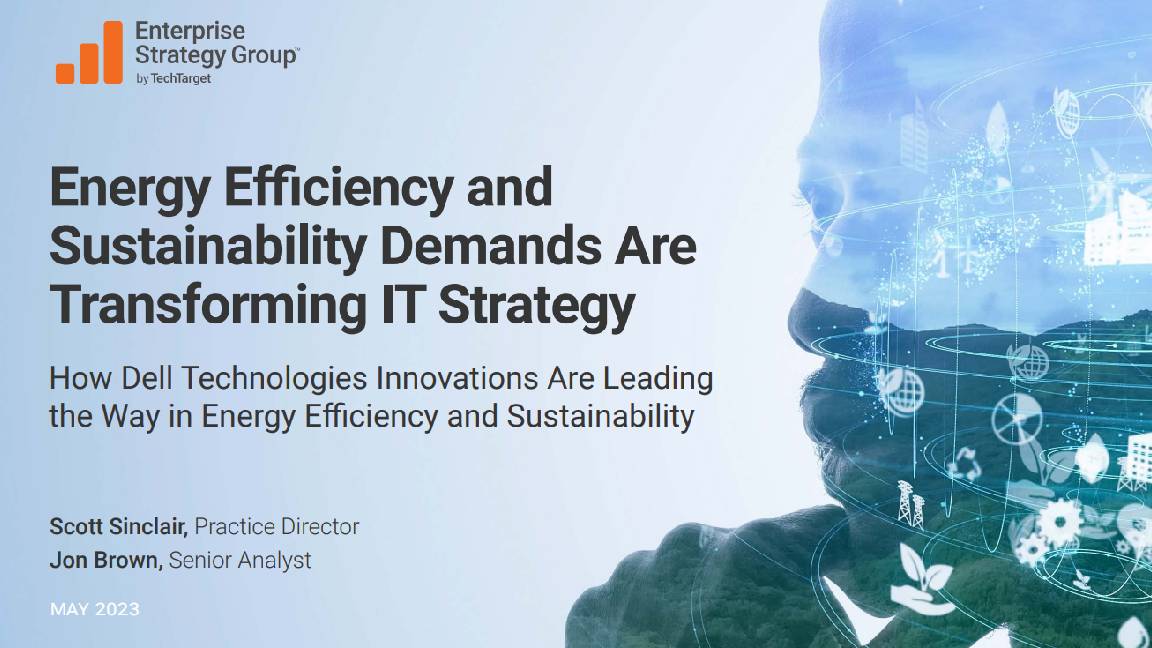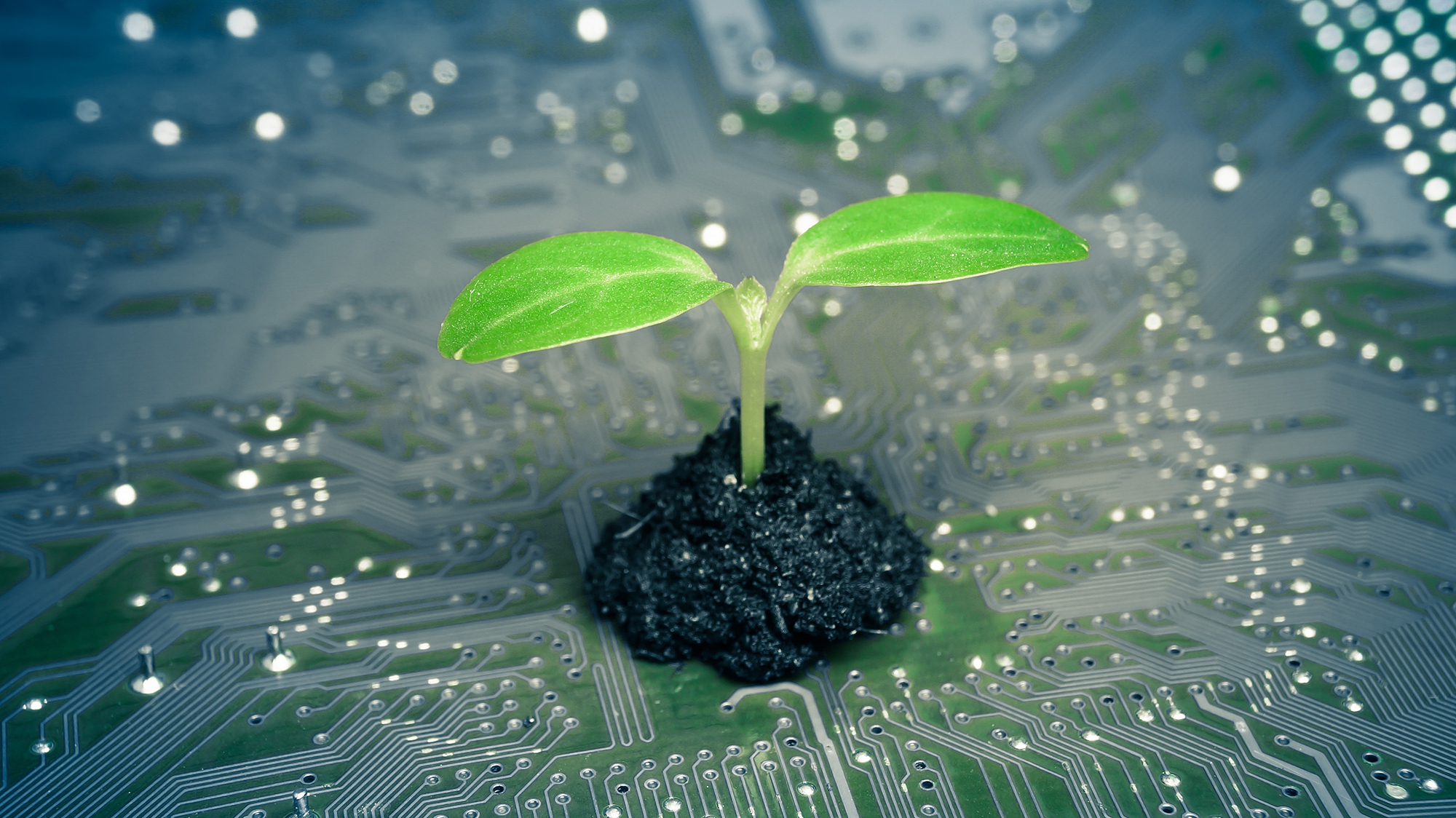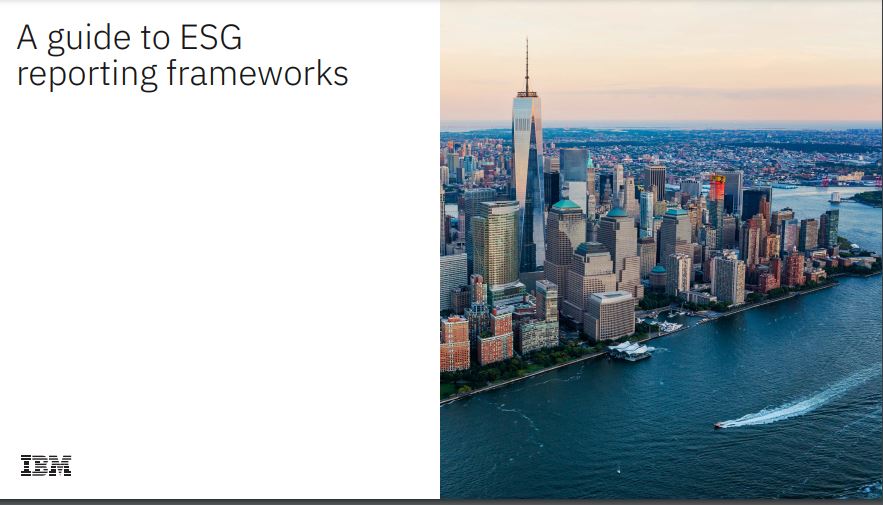Ten tips for green storage
Forrester Research explains the challenges keeping IT departments from making their storage greener.


It may not be the top green topic on many minds this Earth Day, but being clever about storage can help cut power consumption and cooling demands you just need to cut through the hype first.
So say a report by Forrester Research, which noted that key green storage areas such as power consumption, cooling and manufacturing processes had been placed on the backburner because of more pressing economic demands.
"Given that power costs are a drop in the bucket compared with the cost to buy and run storage systems, most organisations don't see power consumption as a material concern," analyst Andrew Reichman wrote in the report.
"Legislation or events that increase the cost of power or penalise firms for data centre power consumption may make this more of a priority, but most organisations have bigger fish to fry for now."
The report noted that servers have seen more attention especially when it comes to virtualisation than storage. Despite both types of hardware requiring about the same amount of power in an average data centre, servers do create more heat, meaning any consolidation in the server area will lead to better cooling savings, Reichman noted.
What's more, the cost to power storage is so much lower than the cost to buy it, he explained. By a rough calculation, 100 terabytes of storage would cost $13,600 to power in the US for a year, but buying that much hardware could cost as much as $1,400,000.
On top of that, IT departments don't pay most power bills, so such costs are even easier to ignore if they're even accurately measured at all. "Without a direct budgetary impact to the storage organisation, it's hard to make power efficiency a big part of product selection and architecture design," he said.
Sign up today and you will receive a free copy of our Future Focus 2025 report - the leading guidance on AI, cybersecurity and other IT challenges as per 700+ senior executives
While it may not be a top priority for businesses, cutting power use to storage can save cash and CO2 emissions. Reichman offered 10 tips to make storage a bit greener.
Hit delete more Reichman called the delete button "one of the greenest tools" in the storage world. Cutting back on the amount of data stored and moving more into archived systems will save space on top-level storage tiers.
Solid state drives SSDs do use less power than traditional drives, but they cost more to buy, too. That said, Reichman explained that using SSDs strategically could help cut the performance needed from other drives, helping increase potential density.
Look to dense drivers Reichman noted that SATA and FATA drives may seem less cutting-edge than some shiny new tech, but use less power. "High-density drives cost about the same as high-performance drives but pack up to two TB into each platter, while high-performance 15,000-RPM drives generally hold only 146 to 300 GB. So you get nearly 10 times the capacity (or more) at the same cost with lower power consumption."
Thin provisioning This virtualisation-based tool cuts the total amount of space dedicated to stored data, meaning less disks are needed and automatically cutting hardware use.
Deduplication Another virtualisation technology, depulication removes redundant copies, meaning less disk space is required and less disks are spinning.
Taking snapshots Backups are important, but snapshots mark only the changes since the last backup, instead of recording everything. This cuts the amount of space needed to hold such vital copies.
Lower overhead Raid Redundancy is still a vital tool for backing up, however. But there are better ways to go about it, Reichman explained. "Early parity-based RAID systems had performance overhead, making them a poor choice for critical systems. Recent implementations have better performance characteristics, making them a good choice for most data types."
Spin down Some 80 per cent of data is essentially inactive, but drives keep spinning away anyway. Less used disks can be told to sit idle using new technology. It will take 10 to 20 seconds to be able to access such drives, so it isn't ideal for many systems.
Management by software Storage resource management (SRM) software can help automate performance reporting, giving admins more information about how to better configure systems.
Upgrade your hardware Simply put, newer kit is usually more efficient than older generations. "Given the efficiency benefits of newer storage when considering a refresh can help make the best investment for the long term," he said.
Click here for our top 10 tips for green IT.
Freelance journalist Nicole Kobie first started writing for ITPro in 2007, with bylines in New Scientist, Wired, PC Pro and many more.
Nicole the author of a book about the history of technology, The Long History of the Future.
-
 What the fragmentation of UC means for the channel
What the fragmentation of UC means for the channelIndustry Insights If communications are becoming fragmented, what does that mean for MSPs and VARs?
-
 How SMBs can DIY their IT implementation and support
How SMBs can DIY their IT implementation and supportFeature For some small and medium-sized businesses, the third-party expertise and support might be out of reach. What’s the alternative?
-
 Beyond the upgrade: How to maximize IT investments and minimize waste
Beyond the upgrade: How to maximize IT investments and minimize wasteHow to maintain optimal performance and productivity with your fleet of hardware and stave off the next upgrade cycle for a bit longer
-
 Energy efficiency and sustainability demands are transforming IT strategy
Energy efficiency and sustainability demands are transforming IT strategywhitepaper How Dell Technologies innovations are leading the way in energy effiency and sustainability
-
 Energy efficiency and sustainability demands are transforming IT strategy
Energy efficiency and sustainability demands are transforming IT strategywhitepaper How Dell Technologies innovations are leading the way in energy effiency and sustainability
-
 Your guide to smarter printing: 2024 edition
Your guide to smarter printing: 2024 editionWhitepaper Making smarter printing simple for all businesses
-
 How to empower employees to accelerate emissions reduction
How to empower employees to accelerate emissions reductionin depth With ICT accounting for as much as 3% of global carbon emissions, the same as aviation, the industry needs to increase emissions reduction
-
 How much say does IT really have in sustainability initiatives?
How much say does IT really have in sustainability initiatives?ITPro Network Vendors are ready to proclaim their green credentials, but as members of the ITPro Network explain, making changes on the ground can be complex
-
 ESG: Designing the ideal digital work experience for the next generation of innovators
ESG: Designing the ideal digital work experience for the next generation of innovatorsWhitepaper What users want, why it's critical to give it to them, and how the whole organization can benefit
-
 A guide to ESG reporting frameworks
A guide to ESG reporting frameworksWhitepaper Guidelines to assist with your approach to ESG reporting
